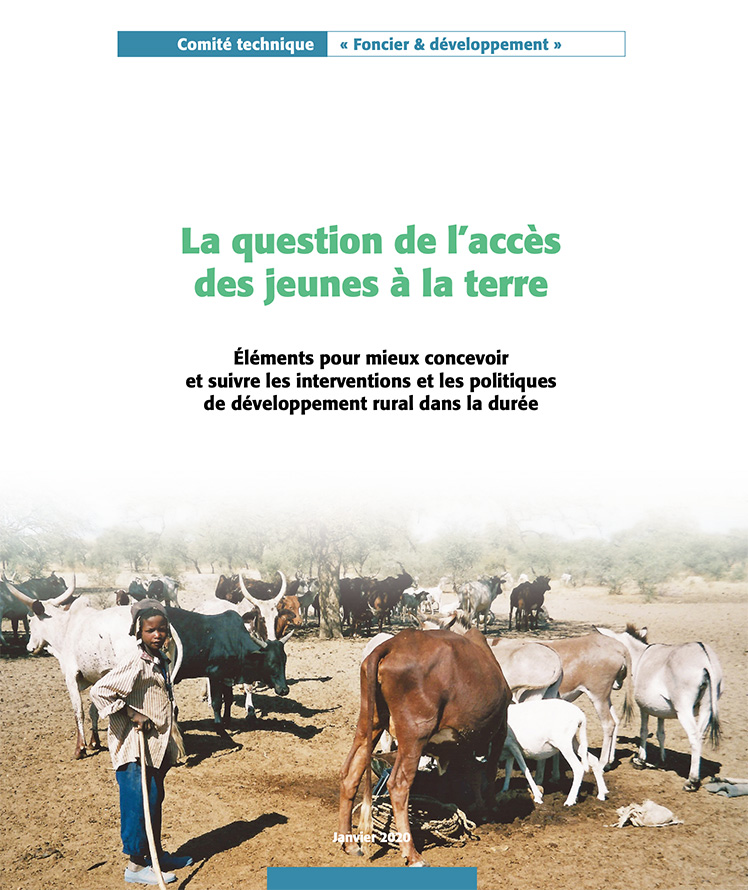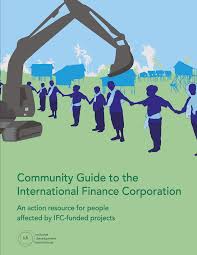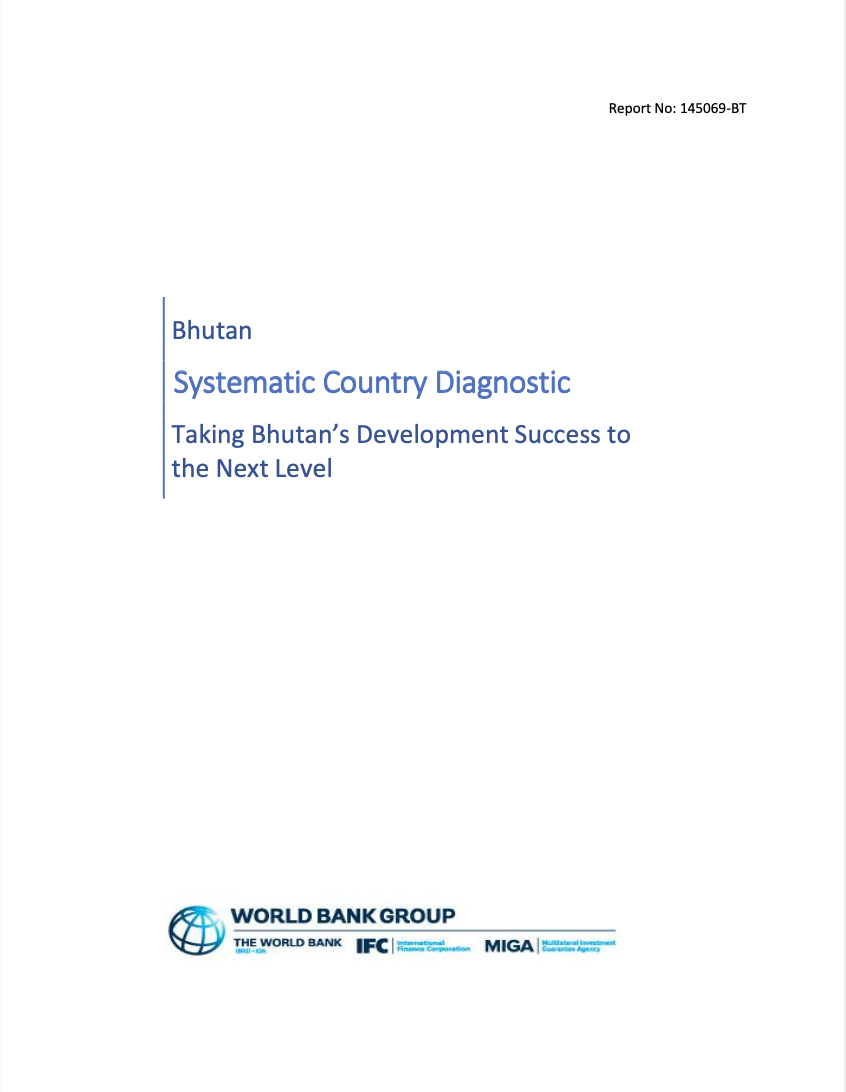Gentrification through Green Regeneration? Analyzing the Interaction between Inner-City Green Space Development and Neighborhood Change in the Context of Regrowth: The Case of Lene-Voigt-Park in Leipzig, Eastern Germany
Green regeneration has become a common strategy for improving quality of life in disadvantaged neighborhoods in shrinking cities. The role and function of new green spaces may change, however, when cities experience new growth. Set against this context, this paper analyzes a case study, the Lene-Voigt-Park in Leipzig, which was established on a former brownfield site.








